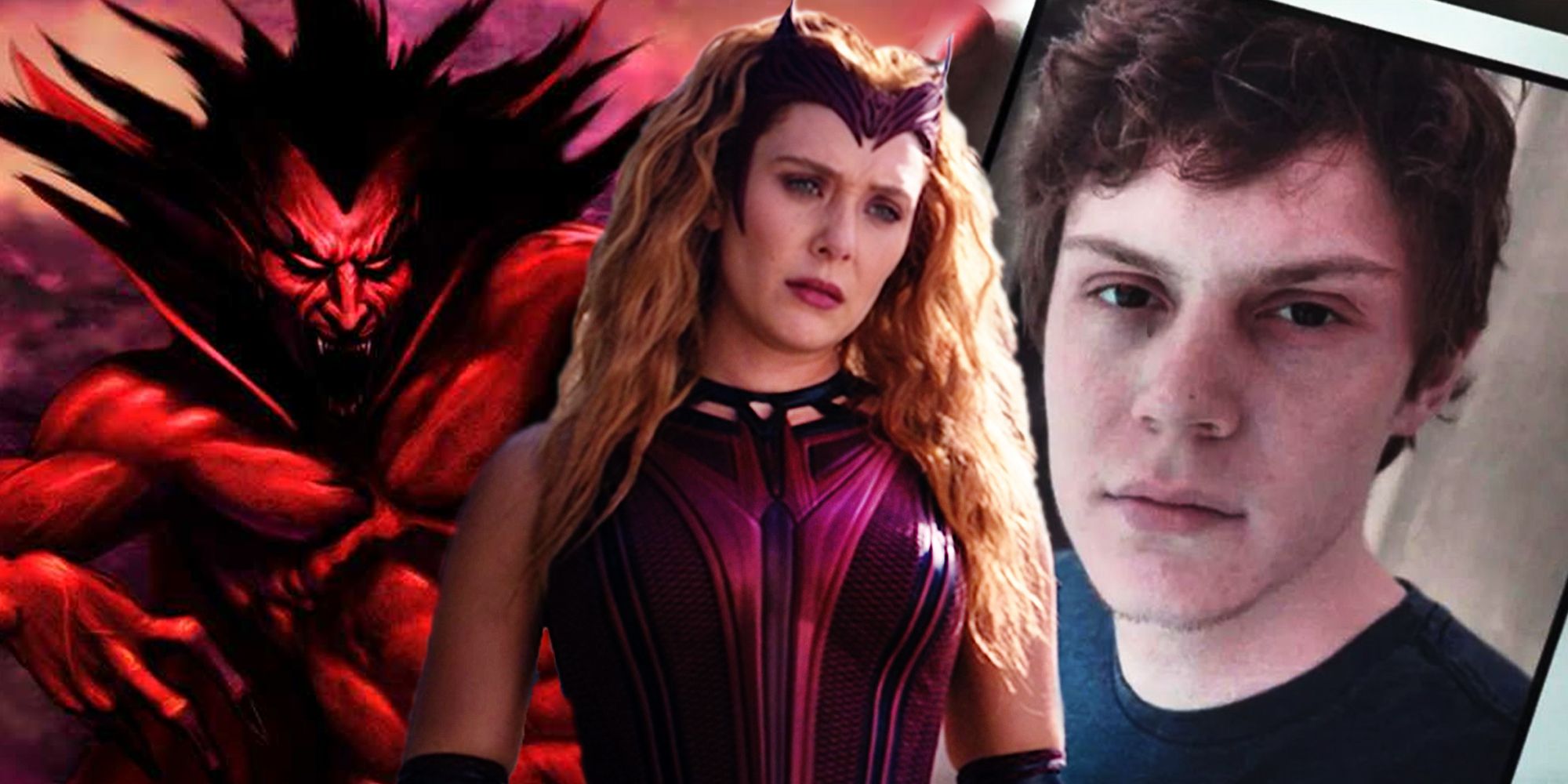
A big part of the magic of WandaVision is based on misdirection, as evidenced by the show's numerous red herrings mysteries that led to completely unexpected outcomes from Agatha Harkness to Mephisto. A "red herring" is a piece of information that seems to point at the real resolution of a mystery while it distracts from the real clues. Red herrings are often dangerous narrative tools, as the audience can easily feel betrayed if the actual reveal comes out of nowhere. Such was the case with The Mandarin from Iron Man 3, who was revealed to be a random actor called Trevor Slattery. In this case, the twist only kept fans from seeing Tony Stark's archnemesis in the MCU.
The MCU's overarching story is pretty straightforward. Every installment is part of an ever-expanding universe that follows a core group of superheroes who face off against their respective villains in a bombastic finale, with each movie building up toward a colossal event. However, the MCU has subverted many superhero tropes. For instance, Avengers: Infinity War was the first MCU movie to end in a tragic defeat for the heroes. Now, WandaVision broke new ground with its meta-TV format and mind-bending central mystery.
Despite its many twists, not every piece of misdirection in WandaVision is a red herring. Many details were never intended to have a double meaning in the first place, as much as hardcore MCU theorists wanted them to. Other setups served as foundations for the long-form narrative of the MCU and other details are simply harmless nods. Still, WandaVision tricked the audience with all the following red herrings.
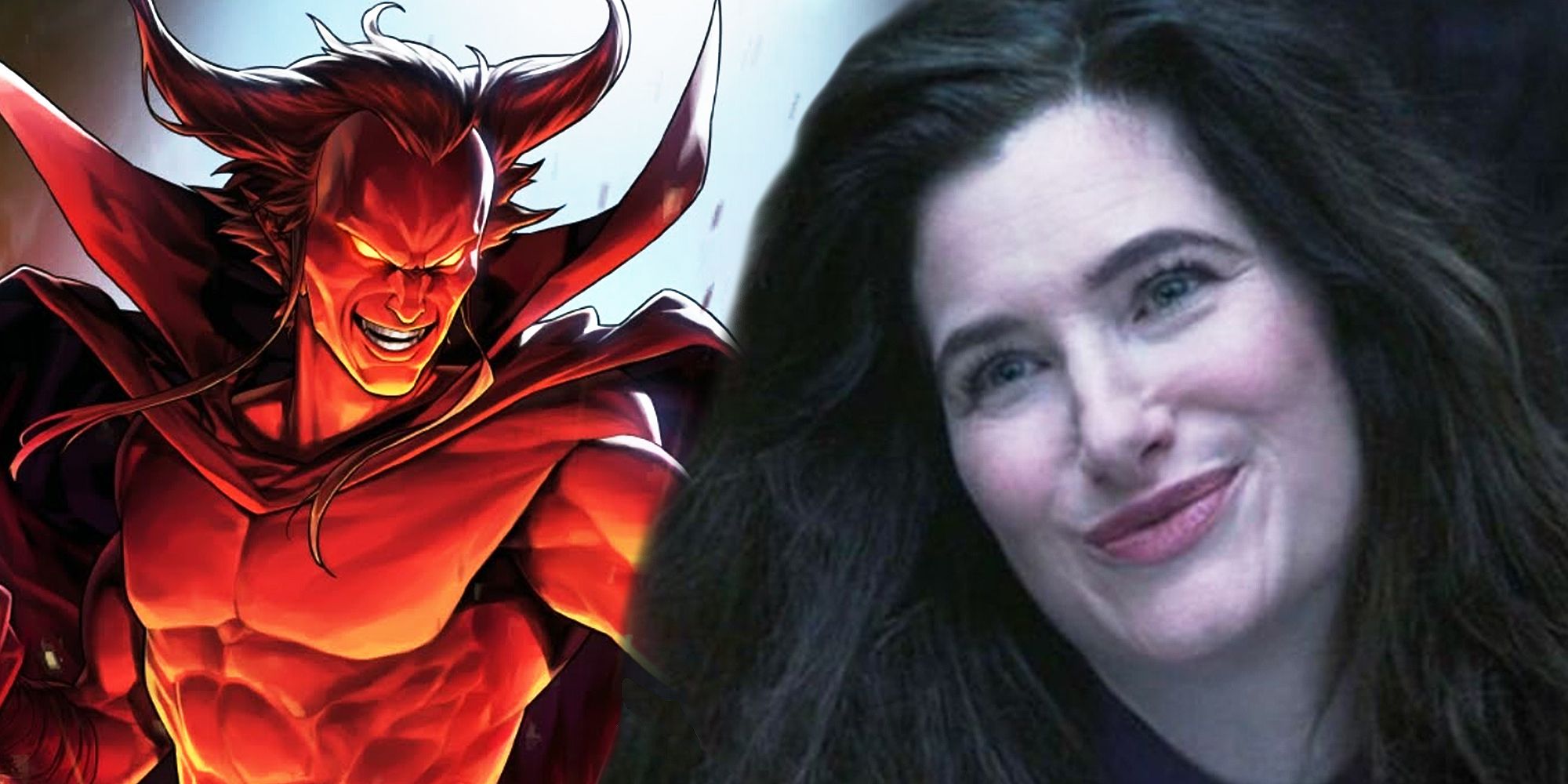
The first red herring in WandaVision was Agnes' remark that "the devil's in the details." Since Agnes was a dubious character from the very beginning, her constant allusions to the devil led many fans to believe she had ties to Mephisto, Marvel's own version of the Devil. The role Mephisto's soul had in the conception of Scarlet Witch's twins and his connection to magic in the comics made many fan theories quite believable. Besides, Agatha's constant mentions of her husband Ralph, who never appeared in person, was clearly a ploy to guide fans to dead ends. All of this paid off when Agatha revealed that she was the villain herself all along, and Mephisto had absolutely nothing to do with the show (that we know of).
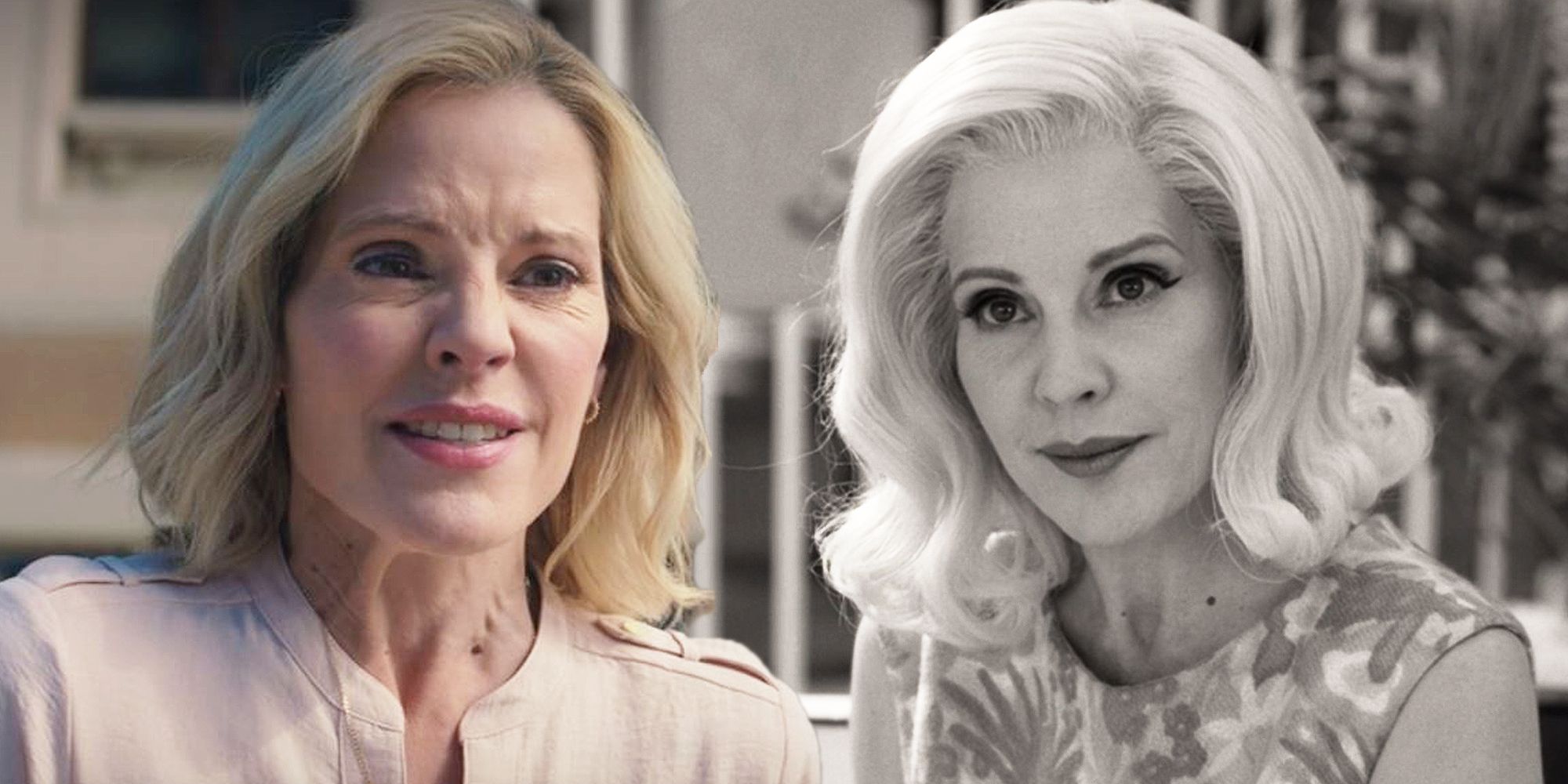
Another bluff WandaVision established early on was positioning Dottie Jones as the Queen Bee of Westview, with Agatha introducing her as "the key to everything in this town." Indeed, Dottie seemed to be a prominent Westview resident in episode 2, and her red blood in the same black-and-white episode suggested there was something different about her. After all, she seemed more self-aware than everyone else and the only other object with color up to that point was the red helicopter that turned out to be a S.W.O.R.D. drone sent from outside the Hex. On top of that, Dottie's real identity wasn't pinpointed by S.W.O.R.D. Against general expectations, Dottie stopped appearing altogether for most of the series, only to be revealed as another victim of Wanda's Hex in the series finale.
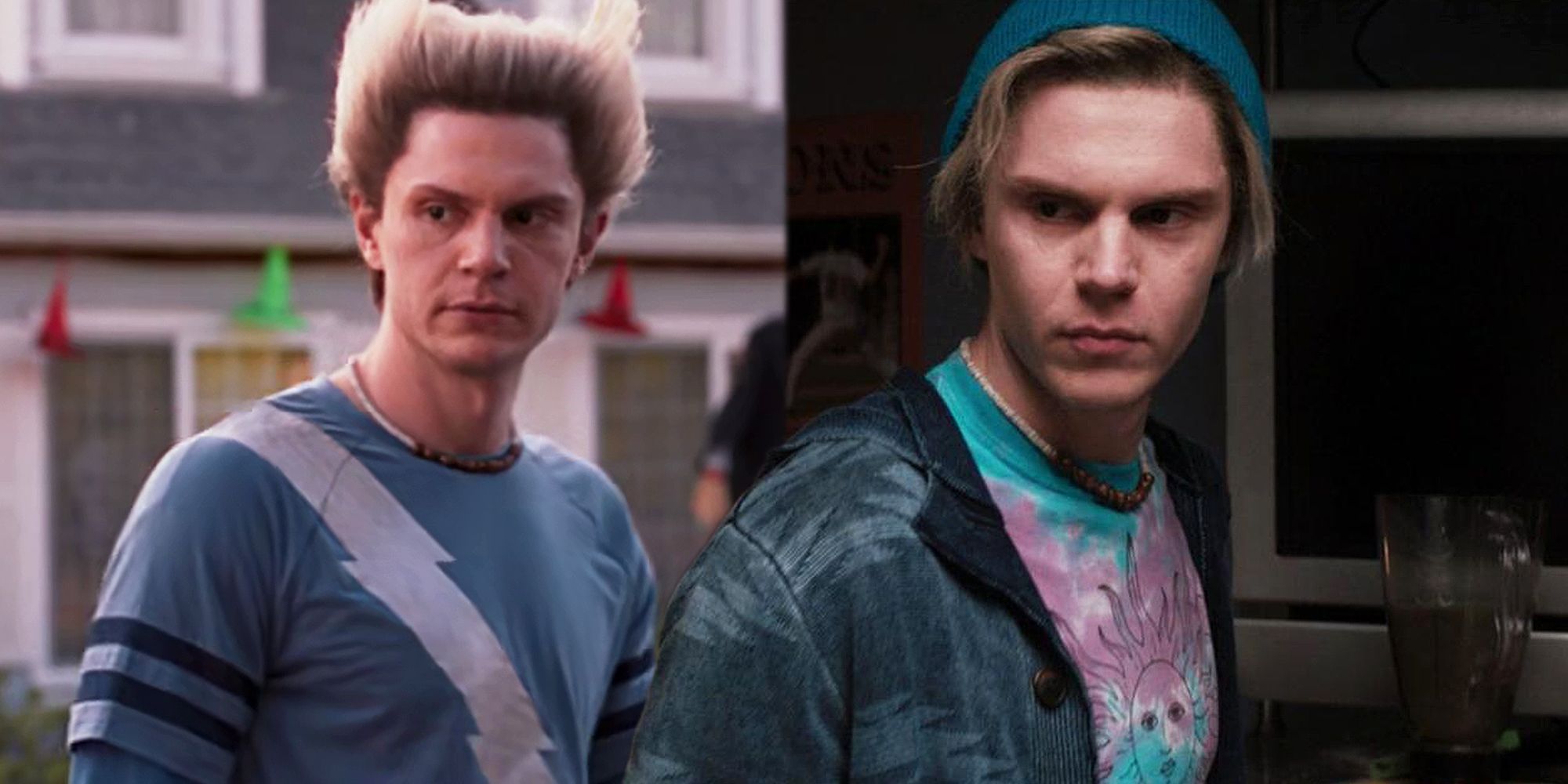
Perhaps the biggest red herring in WandaVision was actually a blue and silver one. As soon as Evan Peters' Pietro showed up at Wanda's doorstep sporting white hair in episode 5, most fans thought that Peters was reprising his Quicksilver role from Fox's X-Men movies. The next mystery to solve was how the MCU would reconcile the Fox continuity with Aaron Taylor-Johnson's iteration of the character. Naturally, the most popular theory was the Multiverse. However, Agatha Harkness stated that he was a fake Pietro or "Fietro" in episode 8. Then, WandaVision episode 9 revealed Pietro is Agatha's "husband" Ralph Bohner, effectively shutting down every popular theory about Mephisto, Agatha, and Quicksilver, all at the same time.
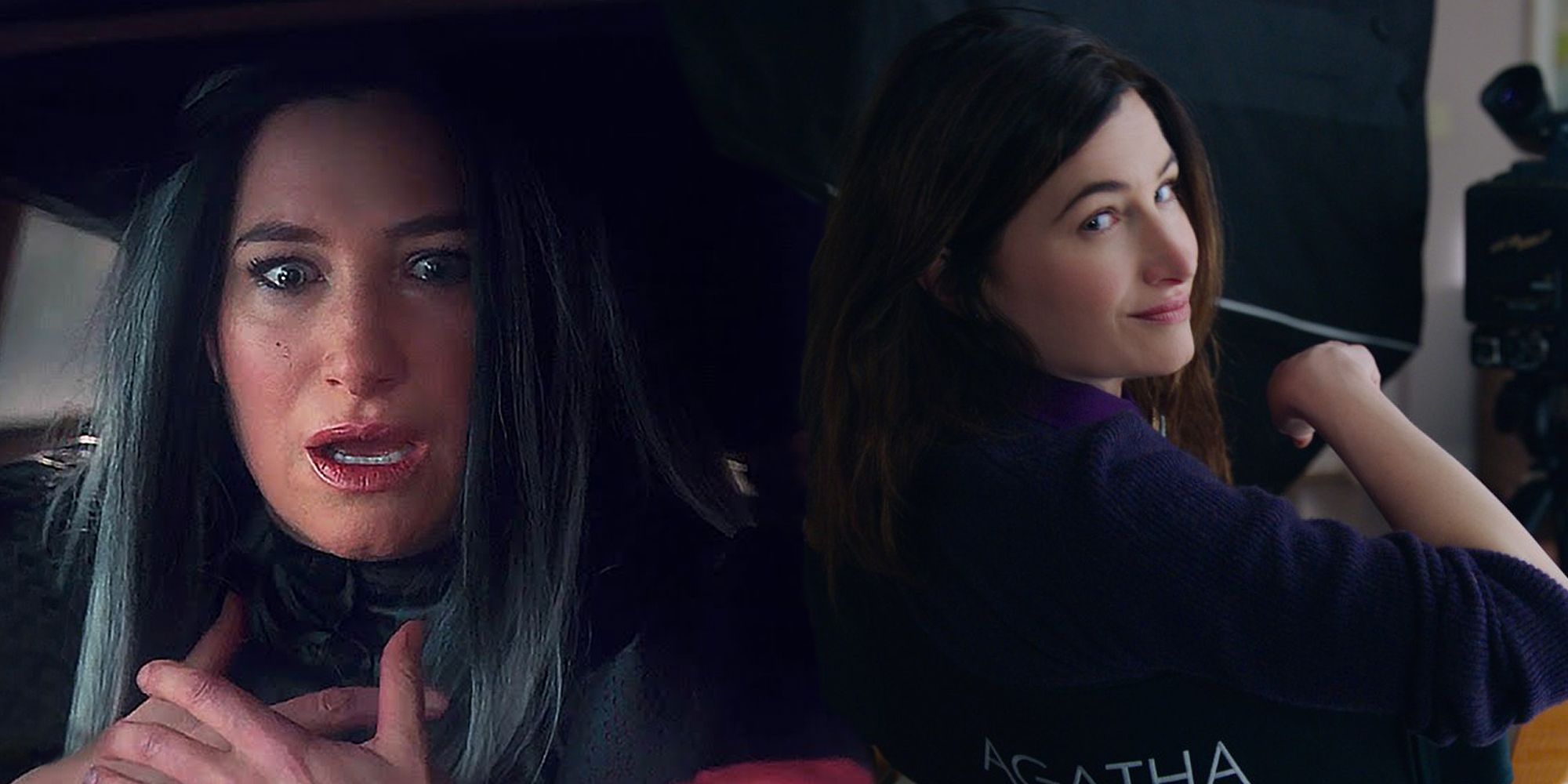
Kathryn Hann's character was generally expected to be Agatha Harkness even before the first episode of WandaVision premiered. Agatha fit the premise of the show, Hahn is the perfect casting, and the obvious hidden meaning of the name "Agnes" was a pretty clear giveaway. However, the rest of WandaVision's bluffs and mysteries called Agnes' real identity into question at one point. The moment where this particular red herring was most effective was in episode 6, when Vision appeared to snap Agnes out of Wanda's spell just like he did with Norm. Looking back, Agatha's laugh during their conversation is almost directed at the audience, as episode 7's big reveal scored by the "Agatha All Along" theme song confirmed the twist that everybody already knew was coming but still doubted to some degree.
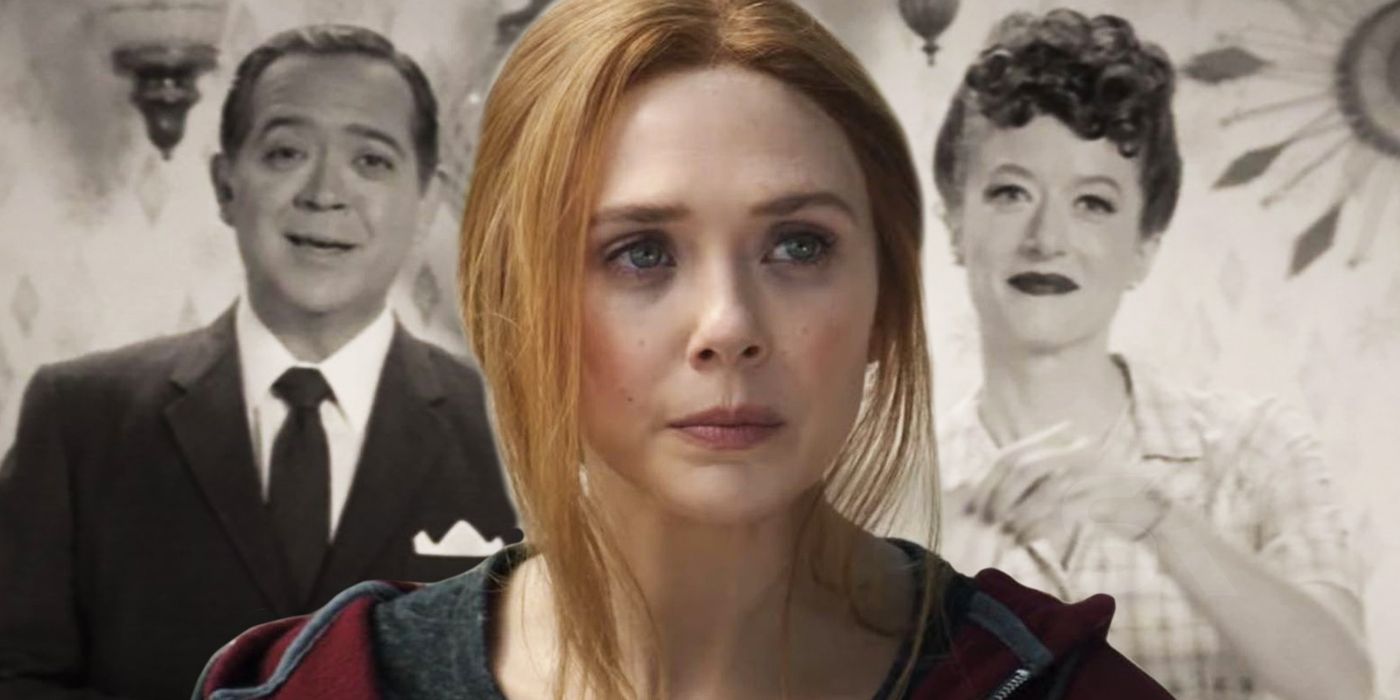
The commercials WandaVision were perhaps the most cryptic moments of each episode. They all felt ominous and hinted at Wanda's past trauma. They also had subtle Infinity Stone imagery and, considering they were tied to Wanda's memories, seemed to feature Wanda's parents as the main actors. For a long time, the commercials were generally expected to culminate in a shocking reveal, but they were only part of WandaVision's sitcom format. When Wanda's fabricated world broke apart, the commercials ended. Meanwhile, Agatha's evil plan was hiding in plain sight.
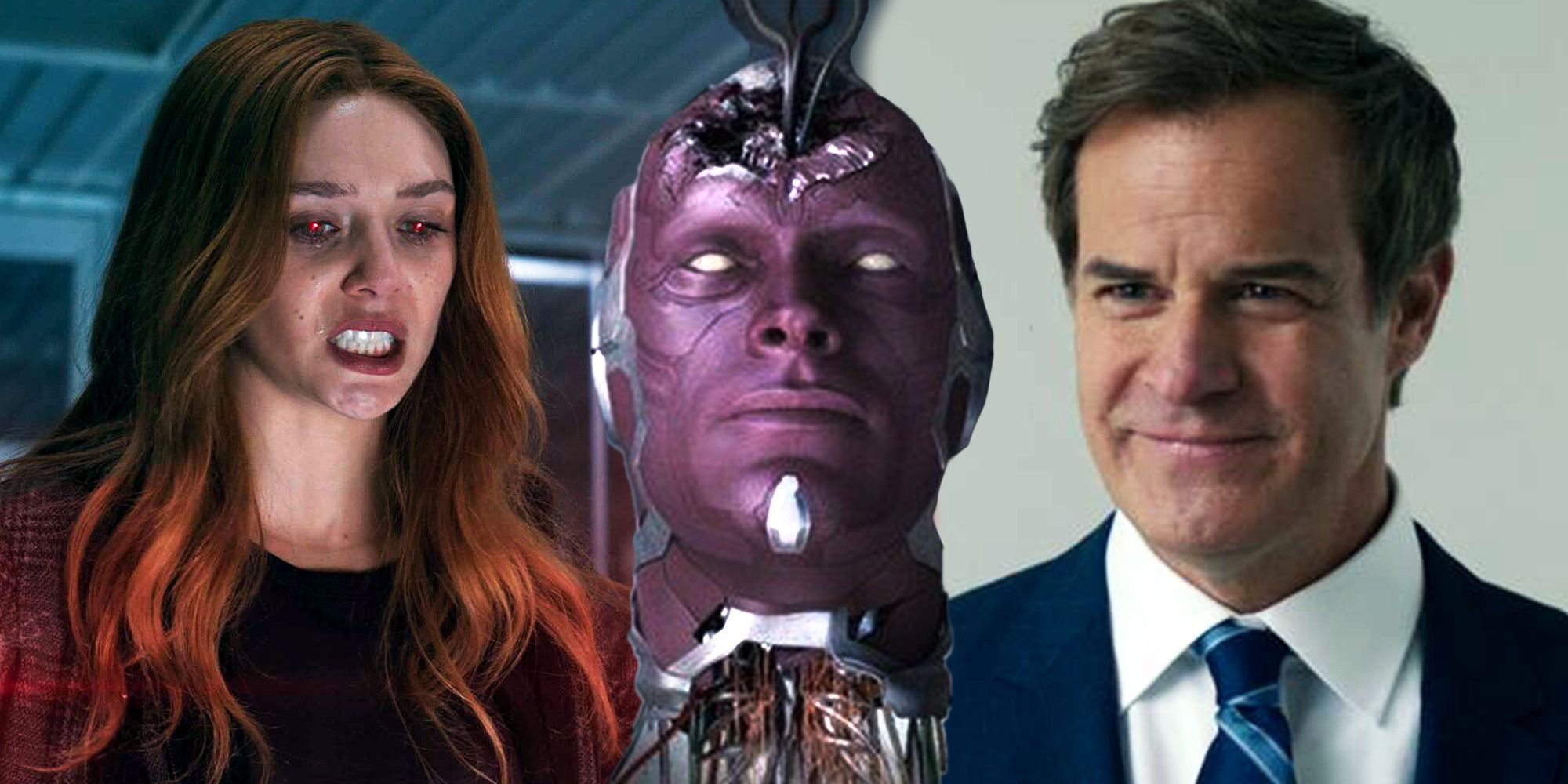
If Hayward's plan to frame Wanda as the villain was a completely self-contained subplot, it probably wouldn't be considered a red herring. But the main mystery of WandaVision centered around the true creator of Westview, whether it was Wanda acting by herself or somebody else manipulating her. Despite Hayward's antagonistic persona being established early on, his affirmation that Wanda stole Vision's body from the S.W.O.R.D. facilities and imbued it with life was taken as a given. Wanda later remembered she created Vision out of nowhere, which confirmed that Hayward had his own nefarious agenda, as the WandaVision ending underlined.
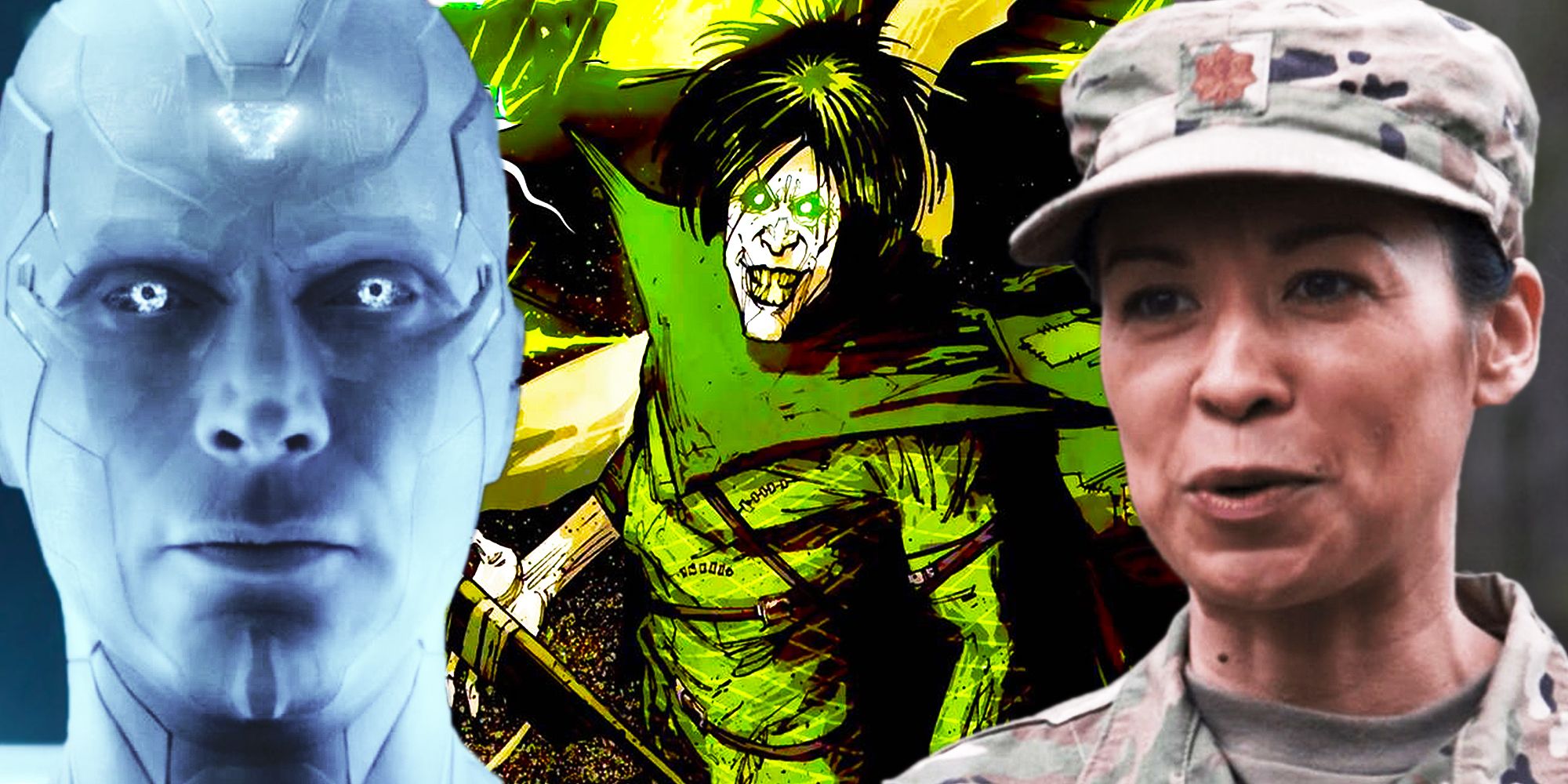
Teases like Monica Rambeau's engineer friend and all the references to "nightmares" actually don't affect any of the events of the show, and they don't mean anything to those viewers who aren't familiar with Marvel lore. But considering fan service and fan theories are an important part of the MCU, it's also sensible to include red herrings employed outside the world of the show.
Hence, the creators' choice to drop words like "nightmare," and "demon spawn" in lines of dialog (as well as visual clues like the Westview pixels, which hinted at a House of M situation) can be counted as sources of external misdirection to make hardcore fans expect wild possibilities while the show's real conclusion simmered in silence. Similarly, the false teases from interviews, especially those who were voluntary like Paul Bettany's clever cameo tease, served as red herrings to keep the most invested viewers hooked. All in all, both direct twists and red herrings were part of the WandaVision experience.
from ScreenRant - Feed https://ift.tt/3brxPWS


0 Comments